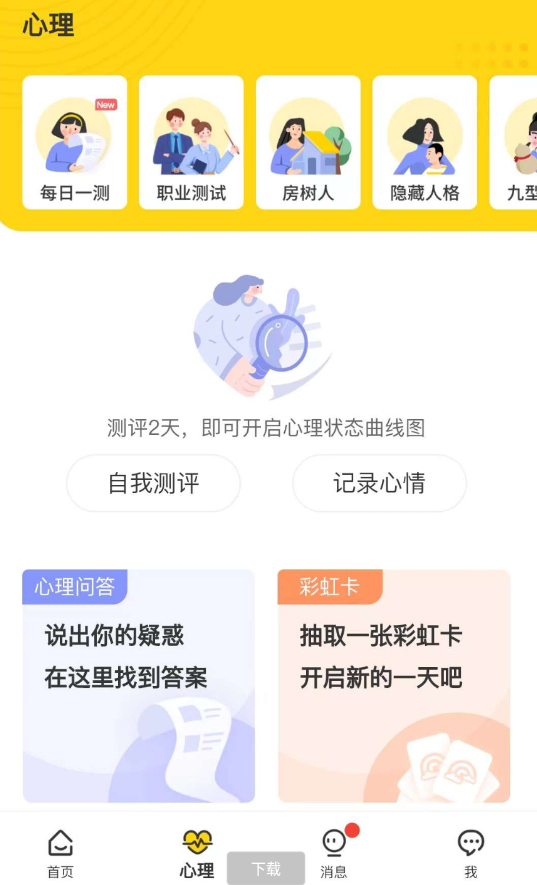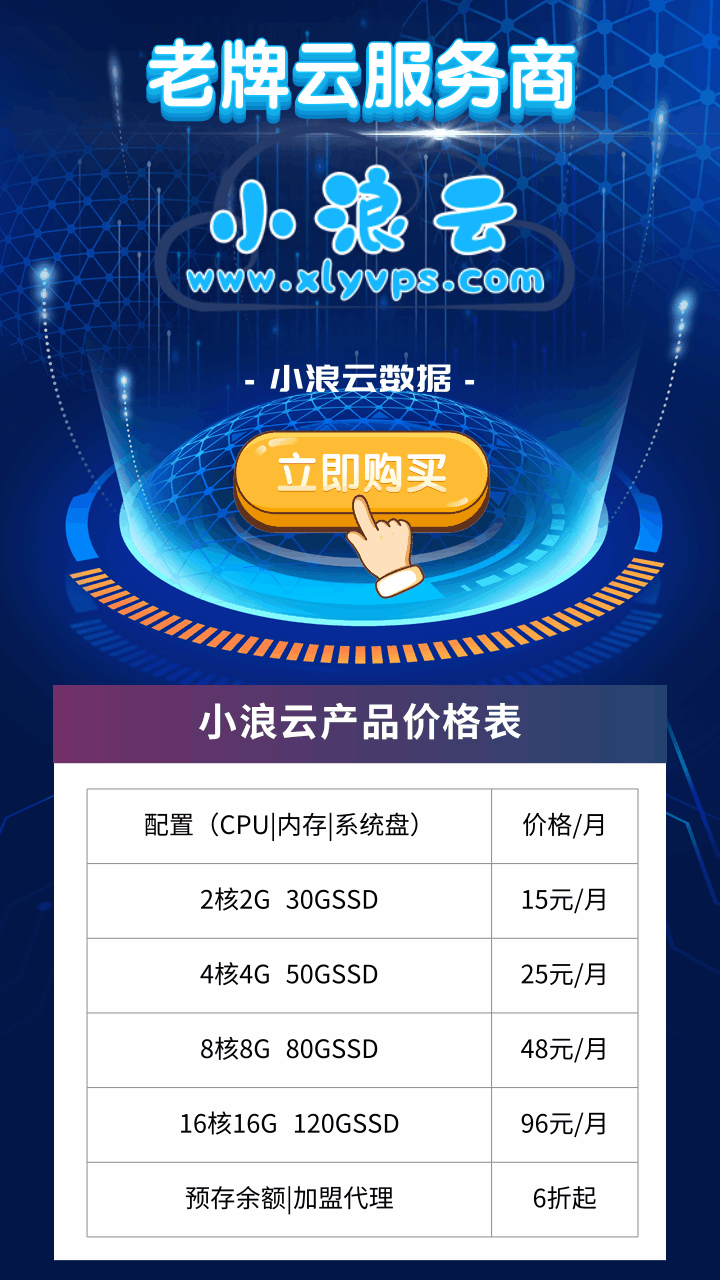本文实例讲述了python文件读写操作与linux shell变量命令交互执行的方法。分享给大家供大家参考。具体如下:
文件操作的相关系统调用
创建
int creat(const char *filename, mode_t mode);
参数mode 指定新建文件的存取权限,它同umask 一起决定文件的最终权限(mode&umask),其中umask 代表了文件在创建时需要去掉的一些存取权限,它只影响读、写和执行权限,调用函数为int umask(int newmask)。
打开
int open(const char *pathname, int flags);
pathname是我们要打开的文件名(包含路径名称,默认在当前路径下)
flags打开的标志
-
O_RDONLY 以只读的方式打开文件
-
O_WRONLY 以只写的方式打开文件
-
O_RDWR 以读写的方式打开文件
-
O_APPEND 以追加的方式打开文件
-
O_CREAT 创建一个文件
-
O_EXEC 如果使用了O_CREAT而且文件已经存在,就会发生一个错误
-
O_NOBLOCK 以非阻塞的方式打开一个文件
-
O_TRUNC 如果文件已经存在,则删除文件的内容
int open(const char *pathname,int flag,mode_t mode)
当flag为O_CREATE,指定mode标志,用来表示文件的访问权限
-
S_IRUSR 用户可以读
-
S_IWUSR 用户可以写
-
S_IXUSR 用户可以执行
-
S_IRWXU 用户可以读、写、执行
-
S_IRGRP 组可以读
-
S_IWGRP 组可以写
-
S_IXGRP 组可以执行
-
S_IRWXG 组可以读、写、执行
-
S_IROTH 其他人可以读
-
S_IWOTH 其他人可以写
-
S_IXOTH 其他人可以执行
-
S_IRWXO 其他人可以读、写、执行
-
S_ISUID 设置用户的执行ID
-
S_ISGID 设置组的执行ID
mode标志也可以用数字来表示文件权限:
每个数字可以取1(执行权限)、2(写权限)、4(读权限)、0(无)或者是这些值的和。
-
第一位表示设置用户ID
-
第二位表示设置组ID
-
第三位表示用户自己的权限位
-
第四位表示组的权限
-
第五位表示其他人的权限
open(“test”, O_CREAT, 10705);
上述语句等价于:
open(“test”, O_CREAT, S_IRWXU | S_IROTH | S_IXOTH | S_ISUID );
读写
int read(int fd, const void *buf, size_t Length);
int write(int fd, const void *buf, size_t length);
参数fd文件描述符,buf为指向缓冲区的指针,length为缓冲区的大小(以字节为单位),返回值为实际读取和写入的字节数。
-
read( )实现从文件描述符fd所指定的文件中读取length个字节到buf所指向的缓冲区中,返回值为实际读取的字节数
-
write( )实现将把length 个字节从buf 指向的缓冲区中写到文件描述符fd所指向的文件中,返回值为实际写入的字节数。
定位
对于随机文件,我们可以随机地指定位置读写:
int lseek(int fd, offset_t offset, int whence);
lseek()将文件读写指针相对whence移动offset(可取负值)个字节。操作成功时,返回文件指针相对于文件头的位置。
参数whence可以使用如下值:
SEEK_SET:相对文件开头。
SEEK_CUR:相对文件读写指针的当前位置。
SEEK_END:相对文件末尾。
关闭
int close(int fd);
C库函数的文件操作——独立于具体的操作系统平台
创建和打开
FILE *fopen(const char *path, const char *mode);
fopen()实现打开指定文件filename,其中的mode为打开模式,linux 系统不区分二进制文件和文本文件。
mode的值
-
r、rb 以只读方式打开
-
w、wb 以只写方式打开。如果文件不存在,则创建该文件,否则文件被截断
-
a、ab 以追加方式打开。如果文件不存在,则创建该文件
-
r+、r+b、rb+ 以读写方式打开
-
w+、w+b、wh+ 以读写方式打开。如果文件不存在,则创建新文件,否则文件被截断
-
a+、a+b、ab+ 以读和追加方式打开。如果文件不存在,则创建新文件
读写
int fgetc(FILE *stream);
int fputc(int c, FILE *stream);
char *fgets(char *s, int n, FILE *stream);
int fputs(const char *s, FILE *stream);
int fprintf(FILE *stream, const char *format, …);
int fscanf (FILE *stream, const char *format, …);
size_t fread(void *ptr, size_t size, size_t n, FILE *stream);
size_t fwrite (const void *ptr, size_t size, size_t n, FILE *stream);
int fsetpos(FILE *stream, fpos_t *pos);
nt fsetpos(FILE *stream, const fpos_t *pos);
int fseek(FILE *stream, long offset, int whence);
-
fread()实现从stream中读取n 个字段,每个字段为size个字节,并将读取的字段放入ptr 所指的字符数组中,返回实际已读取的字段数。
-
write()实现从缓冲区ptr 所指的数组中把n 个字段写到stream 中,每个字段长为size个字节,返回实际写入的字段数。
关闭
int fclose (FILE *stream);
Linux文件系统目录结构

-
/bin—-存放着最经常使用的基本命令,如ls、cp、mkdir 等,这个目录中的文件都是可执行的。
-
/boot—-启动Linux时使用的一些核心文件,包括一些连接文件以及镜像文件,如vmlinuz、initrd.img
-
/dev—-设备文件存储目录,应用程序通过对这些文件的读写和控制就可以访问实际的设备。
-
/etc—-系统管理所需要的配置文件和子目录,如用户账号及密码配置文件。
-
/home—-普通用户的家目录,每个用户都有一个自己的目录,一般该目录名是以用户的账号命名的。
-
/lib—-库文件存放目录,系统最基本的动态连接共享库,类似于windows里的DLL文件。
-
/lost+found—-一般情况下是空的,当系统意外崩溃或机器意外关机时会产生一些文件碎片放在这里。
-
/mnt—-方便用户临时挂载别的文件系统的,如将光驱挂载在/mnt/上,进入该目录就可以查看光驱里的内容
-
media—-自动识别一些设备挂载到这个目录下,例如U盘、光驱等等。
-
/opt—-给主机额外安装软件所存放的目录
-
/proc—-操作系统运行时,进程及内核信息(比如CPU、硬盘分区、内存信息等)存放在这里。它是系统内存的映射,存在在内存,通过直接访问这个目录来获取系统信息。
-
/root—-超级权限用户的家目录
-
/sbin—-超级权限用户的可执行命令存放目录,普通用户无权限执行这个目录下的命令
-
/tmp—–存放临时文件。
-
/usr—–系统应用程序和文件(如命令、帮助文件)存放程序的目录,类似于windows下的program files目录。
-
/var—–经常被修改的目录放在这个目录下,如日志文件
-
/sys—-内核设备树的一个直观反映。当一个内核对象被创建的时候,对应的文件和目录也在内核对象子系统中被创建。
-
/initrd—若在启动过程中使用了initrd 映像作为临时根文件系统,则在执行完其上的/linuxrc挂接真正的根文件系统后,原来的初始RAM文件系统被映射到/initrd目录。
Linux文件系统与设备驱动
相关推荐:

















